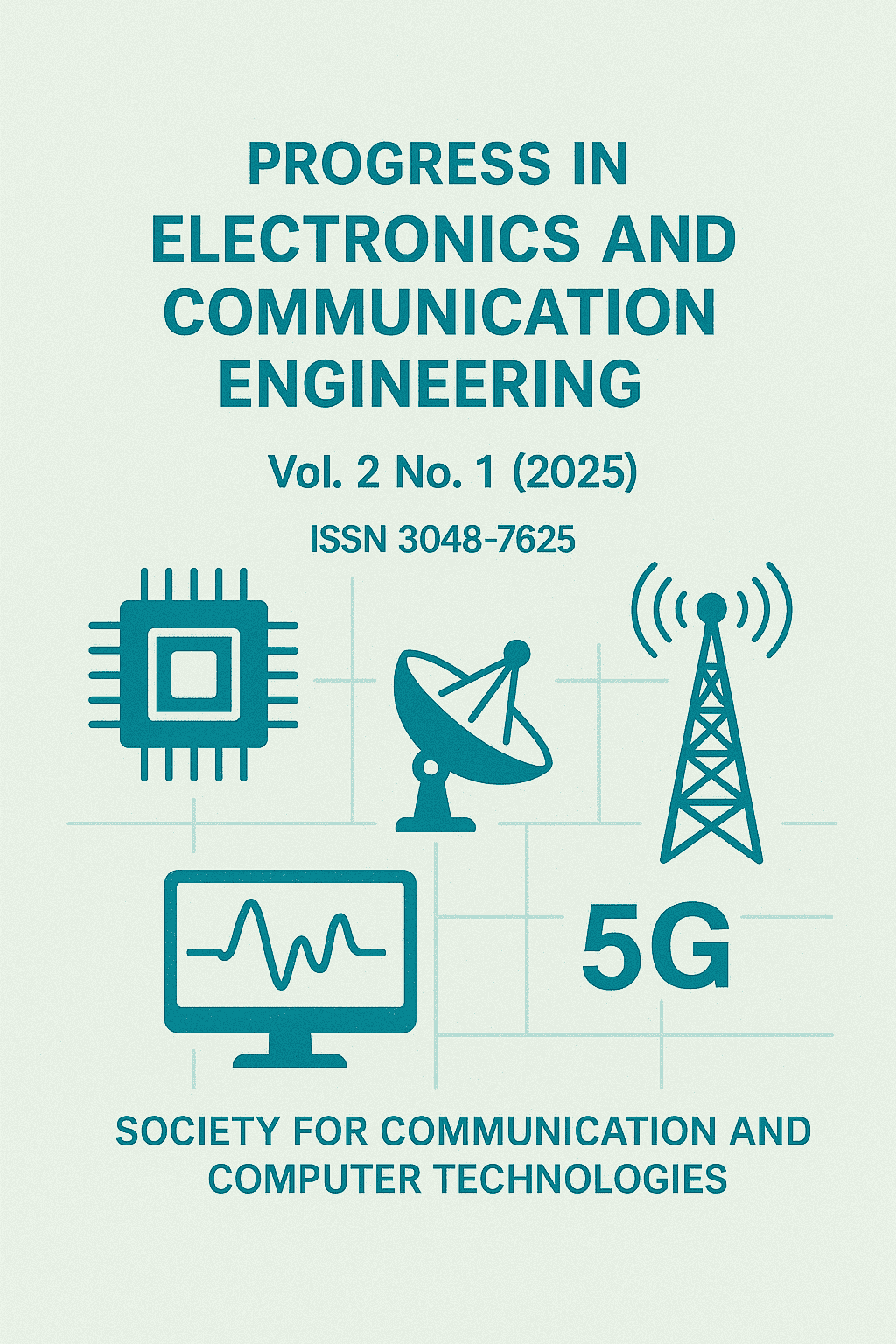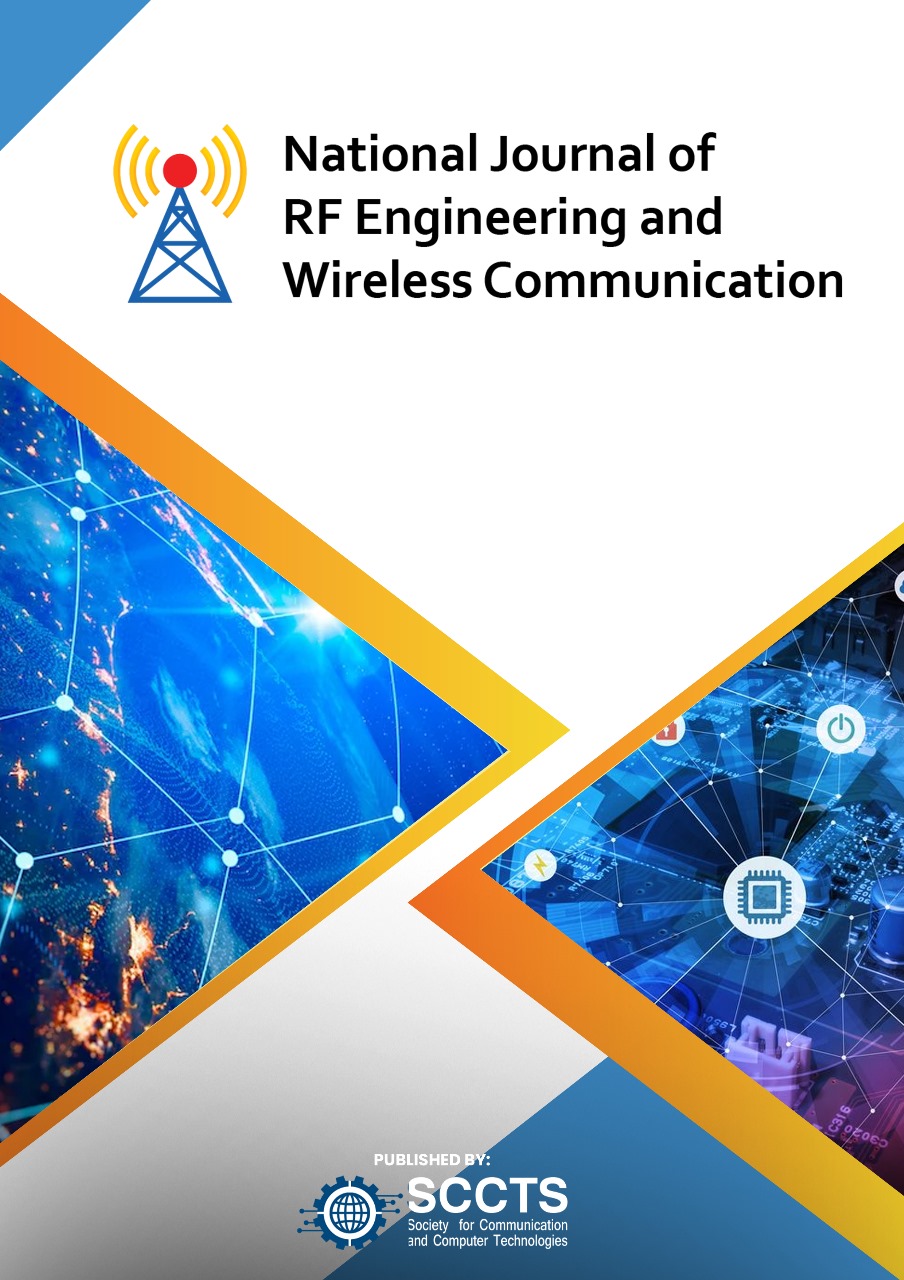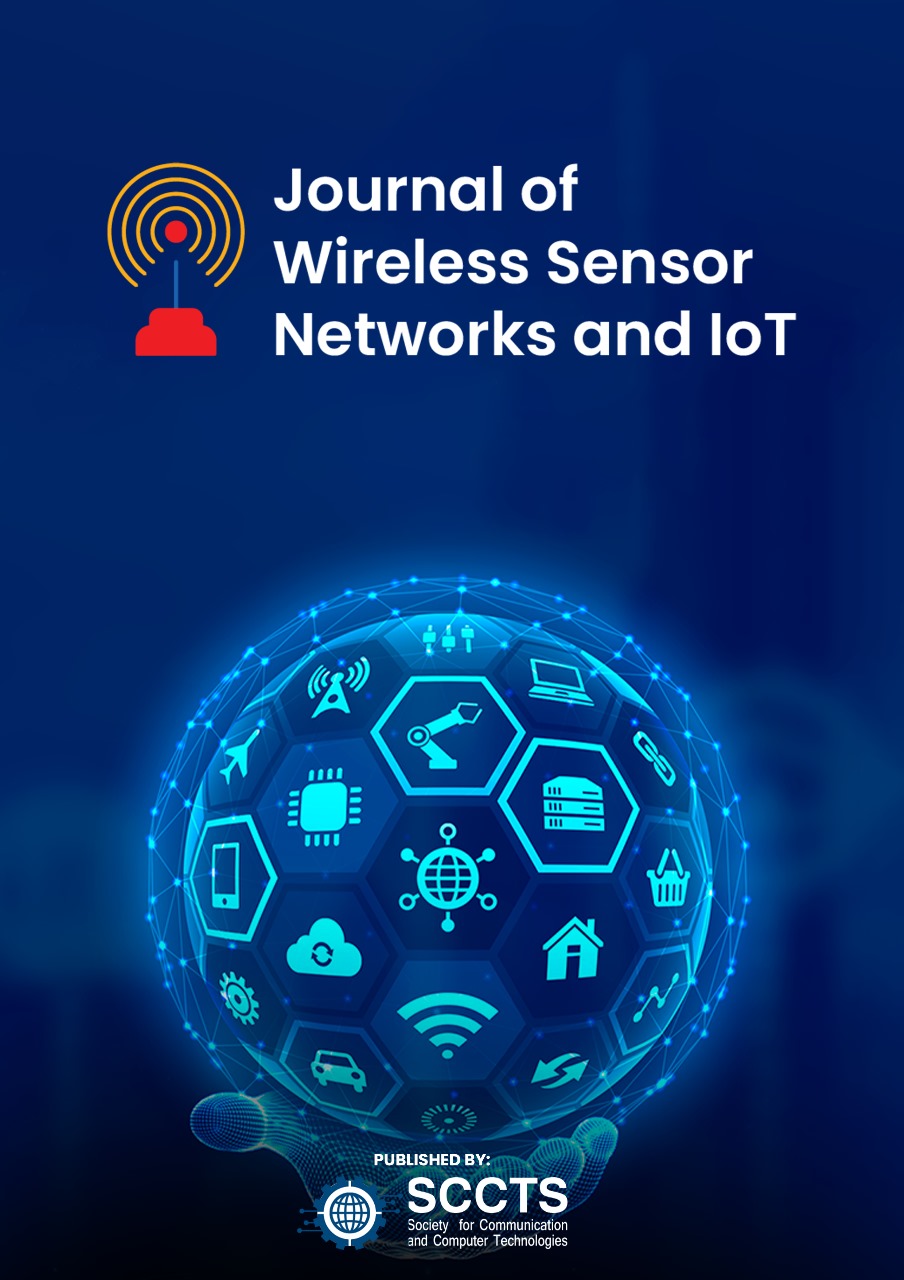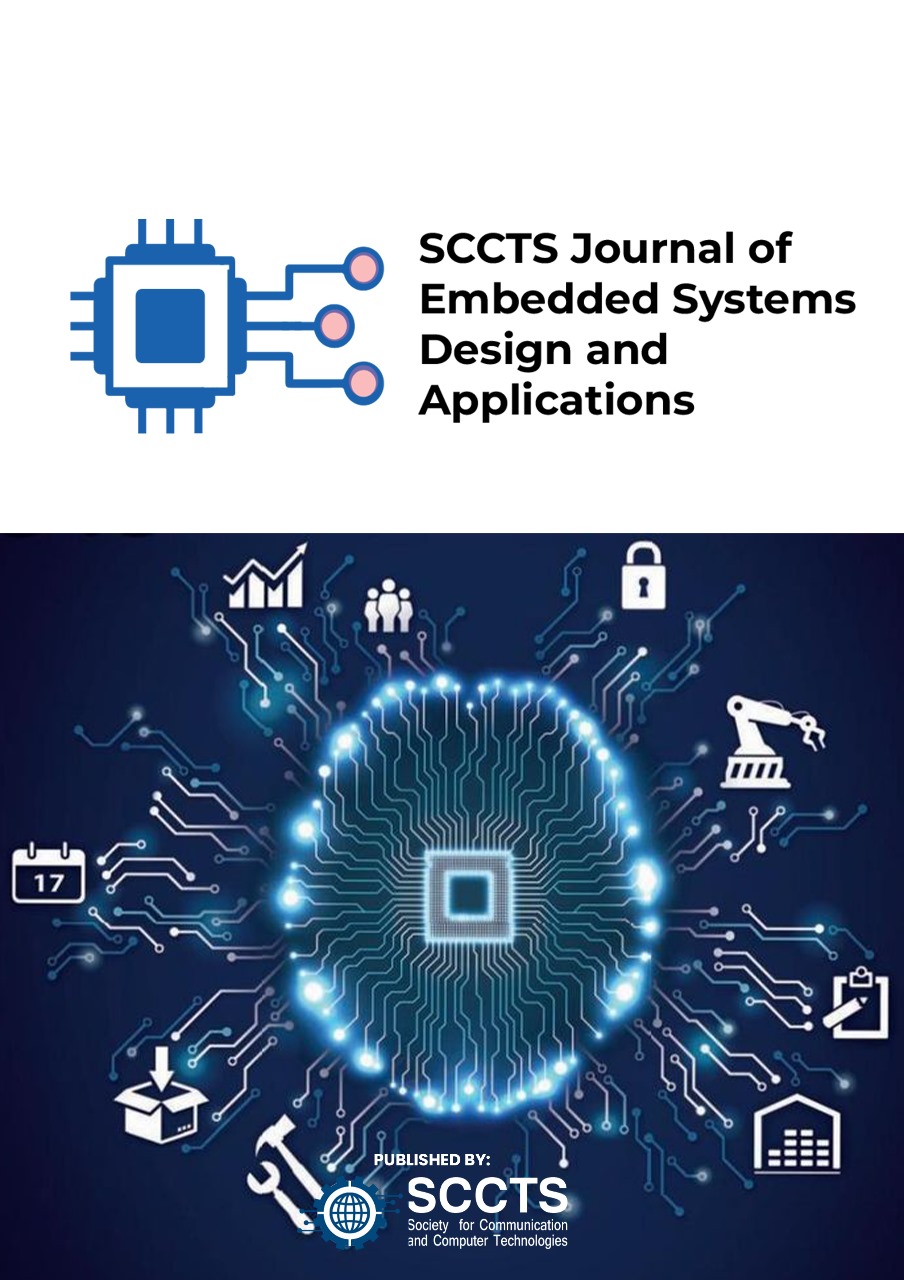Detailed Guide to Machine Learning Techniques in Signal Processing
DOI:
https://doi.org/10.31838/ECE/02.01.04Keywords:
Machine learning; Signal processing; Deep learning; Feature extraction; Pattern recognition; Noise reduction; Convolutional neural networks (CNNs)Abstract
This article provides an in-depth exploration of the intersection between machine learning and signal processing, two pivotal areas in modern technology. Signal processing involves the analysis, interpretation, and manipulation of signals, which can be in the form of audio, video, or sensor data. Machine learning, on the other hand, involves the development of algorithms that allow systems to learn from and make decisions based on data. This guide covers a broad spectrum of techniques and applications where these fields converge.The guide begins with foundational concepts, detailing the basics of signal processing and machine learning, and progresses to advanced topics such as deep learning, convolutional neural networks, and reinforcement learning. It emphasizes the application of machine learning algorithms to enhance signal processing tasks, including noise reduction, feature extraction, and pattern recognition. Practical implementations are discussed, highlighting real-world scenarios in areas such as telecommunications, healthcare, and multimedia. The guide addresses the challenges and future directions in this dynamic field, providing insights into the integration of emerging technologies like quantum computing and edge AI. By bridging the gap between theory and practice, this comprehensive guide serves as an essential resource for researchers, practitioners, and students aiming to harness the power of machine learning to advance signal processing technologies.


















